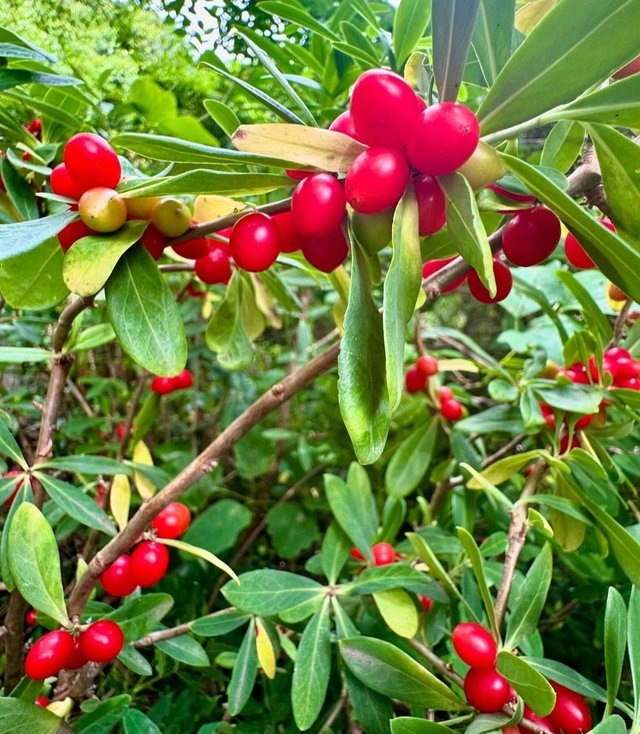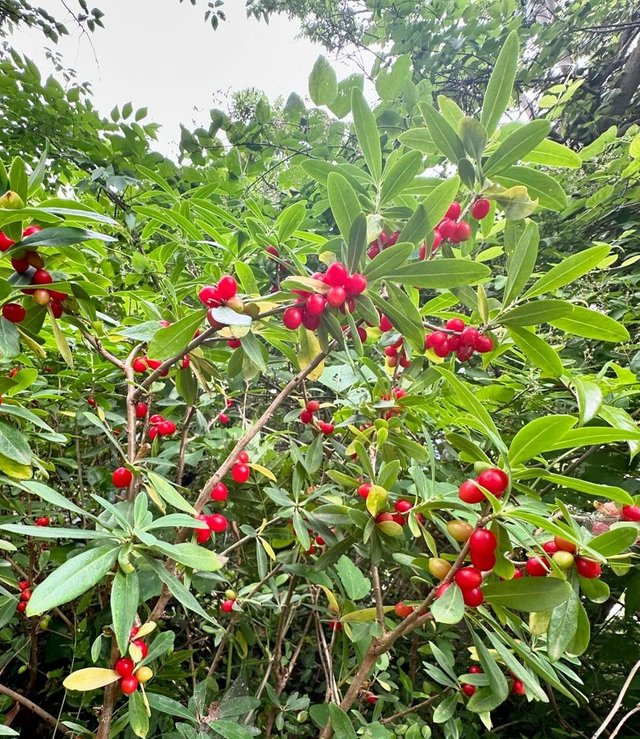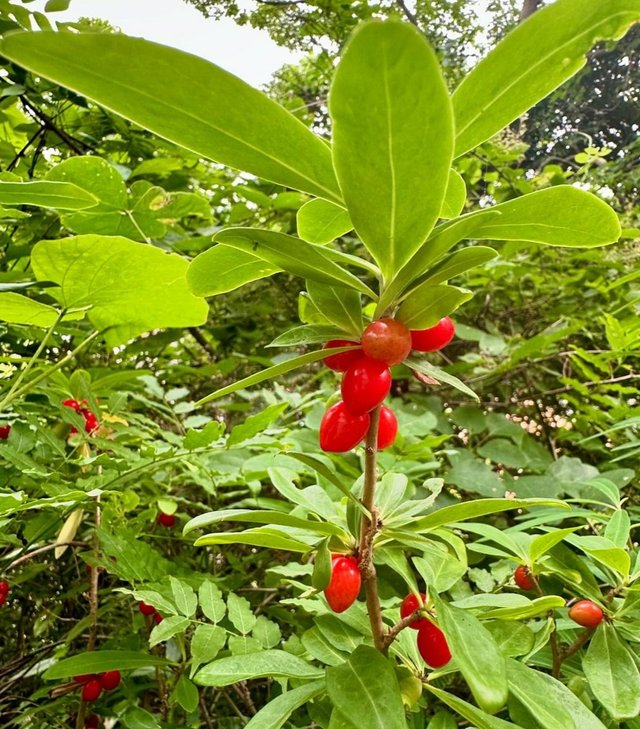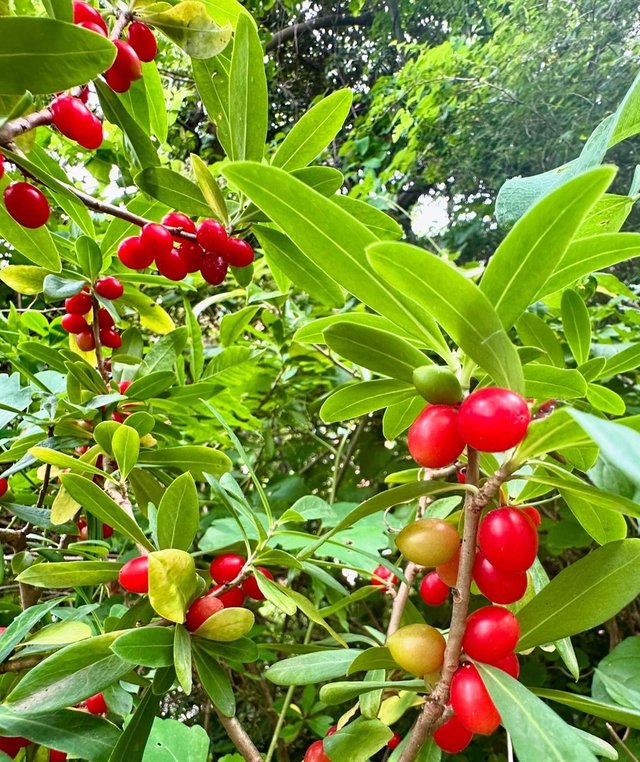Daphne pseudomezereum: A Hidden Gem in the Botanical World
Daphne pseudomezereum, commonly known as "false mezereum" or "mezereon daphne," is a fascinating yet underappreciated member of the Thymelaeaceae family. This deciduous shrub, native to certain parts of Asia and Europe, holds a unique place in horticulture and botany due to its striking appearance, resilient nature, and intriguing botanical properties.
Botanical Characteristics
Daphne pseudomezereum is a small to medium-sized shrub, typically growing between 1 to 1.5 meters in height. The plant features slender, erect branches that form a dense and compact habit. Its leaves are simple, lanceolate, and arranged alternately along the stems. One of the plant's most distinguishing features is its vibrant pink to reddish-purple flowers, which appear in early spring before the leaves fully develop. These flowers are not only visually appealing but also emit a pleasant fragrance that attracts early pollinators.
The fruit of Daphne pseudomezereum is a small, berry-like drupe that transitions from green to bright red as it matures. These berries, although visually attractive, contain toxic compounds that can be harmful if ingested by humans or animals, a characteristic shared with many other members of the Daphne genus.
Habitat and Distribution
Daphne pseudomezereum is naturally found in a variety of habitats, ranging from rocky slopes and forest margins to well-drained meadows. Its native range extends through parts of Central and Eastern Europe into Asia, with significant populations in countries like China, Russia, and Mongolia. The plant thrives in temperate climates and is well adapted to withstand harsh winter conditions, making it a resilient addition to gardens in similar climates.
Cultivation and Care
Despite its beauty, Daphne pseudomezereum is not commonly found in mainstream horticulture, partly due to its specific growing requirements. However, for those willing to invest the effort, it can be a rewarding plant to cultivate. Here are some key considerations for growing Daphne pseudomezereum:
Soil Requirements: The plant prefers well-drained, slightly acidic to neutral soils. It thrives in soils rich in organic matter, mimicking its natural forest floor habitat.





Cool .... I must google more to see what fruit it is :) But name sounds cool .
Downvoting a post can decrease pending rewards and make it less visible. Common reasons:
Submit